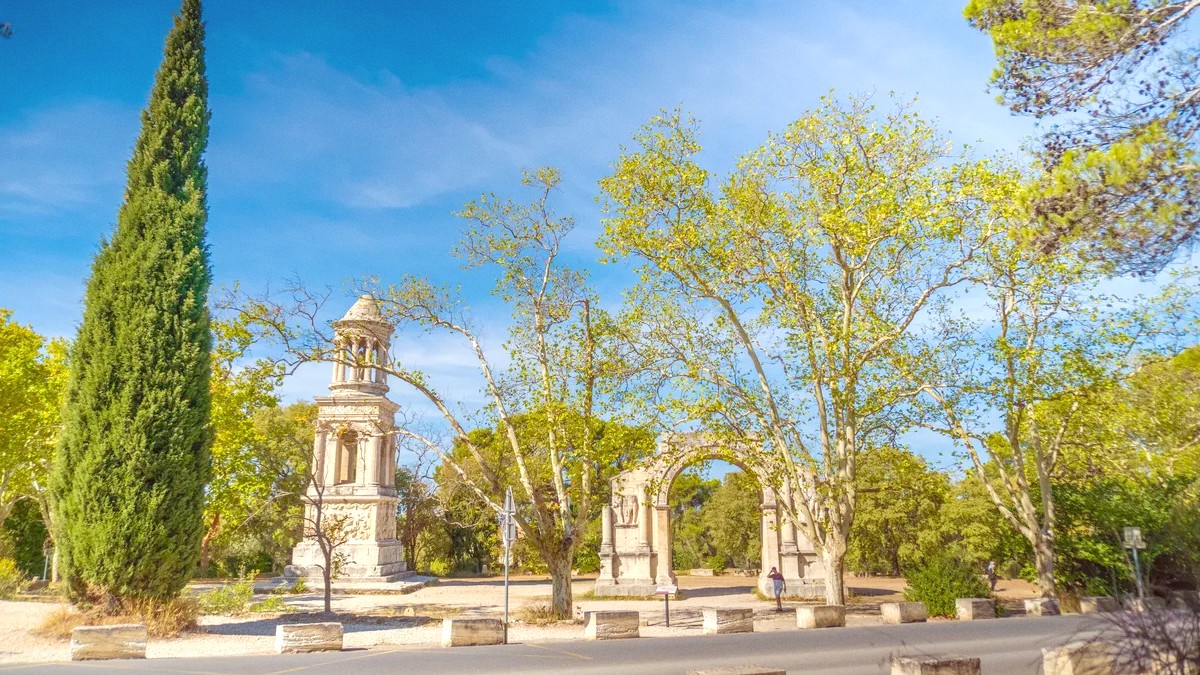
Provence, France
Arles home to several UNESCO World Heritage sites, providing a direct link to its glorious Roman past.
These sites reveal the city's rich past and are essential visits for history enthusiasts.
This lively central square is believed to be the site of the ancient Roman Forum, immortalized by Van Gogh.
A grand public square featuring the Hôtel de Ville (Town Hall), Cathédrale Saint-Trophime, and an ancient Egyptian obelisk.
A Romanesque masterpiece and UNESCO World Heritage site, renowned for its magnificent portal sculpture.
This impressive 17th-century building features a remarkable vaulted hall designed by Jules Hardouin-Mansart.
The former hospital where Van Gogh was treated, its courtyard restored to resemble his famous painting.
Arles' location brings easy access to significant natural beauty, notably the unique Camargue.
A vast wetland and delta formed by the Rhône River, famous for its unique ecosystem, pink flamingos, wild white horses, and black bulls.
The river itself is a significant natural feature, bringing pleasant walks along its banks. Its light and reflections inspired Van Gogh.
A pleasant municipal park near the train station, offering green space within the city with trees, benches, and a playground, bringing a quiet spot for relaxation.
The Ornithological Park Pont de Gau is the best place to guarantee sightings of flamingos and many other bird species. Explore it with Camargue wildlife tours.
Many ranches ("manades") in the Camargue offer guided horse riding tours, an unique way to explore the wetlands. Book your Horse riding experience.
The flat terrain of the Camargue features dedicated cycling paths. These routes allow you to explore the delta's unique landscape. Explore Cycling tours.
Follow a self-guided trail through Arles to the specific spots where Van Gogh set up his easel, with markers and reproductions of his paintings.
This striking architectural complex, designed by Frank Gehry, hosts cutting-edge art exhibitions, delivering a contemporary contrast to Arles' ancient heritage.
Beyond the main tourist circuit, Arles holds smaller, unique experiences.
Arles is a city of layers, where ancient and modern experiences blend seamlessly.
Take time to wander and stumble upon its many small wonders, allowing its unique charm to unfold.
Immerse yourself in the daily rhythm of Arles by visiting its markets and local cafes.
Engage with Arles' artistic and historical legacy through its dedicated institutions.
The Camargue Regional Natural Park, just south of Arles, calls for adventure.
Arles offers a more relaxed nightlife, centered around dining and cultural events.
Beyond the main tourist circuit, Arles holds smaller, unique experiences.
Visiting during its run (July-September) delivers access to pop-up exhibitions in unusual venues not otherwise open to the public.
Follow a self-guided trail through Arles to the specific spots where Van Gogh set up his easel, with markers and reproductions of his paintings.
This striking architectural complex, designed by Frank Gehry, hosts cutting-edge art exhibitions and cultural events, bringing a contemporary contrast to Arles' ancient heritage.
A small, charming square in the La Roquette district. It has a quieter, more local atmosphere away from the main tourist crowds.
Explore La Roquette areaWander through the narrow, less-trafficked side streets for unexpected architectural details and hidden courtyards.
Find walking toursDiscover small, independent art galleries showing local Provençal artists and their unique works.
Discover local artA single pass grants access to most Roman monuments and museums, saving money and time.
Purchase Arles PassConsider a guided tour for insights into Arles' history and hidden stories.
Browse guided toursEnsure a smooth visit to Arles' museums with these practical notes.
Immerse yourself in Van Gogh's legacy and contemporary art.
Arles is a city of layers, where ancient and modern experiences blend seamlessly.
Take time to wander and stumble upon its many small wonders, allowing its unique charm to unfold.
A single pass grants access to most Roman monuments and museums, saving money and time. Purchase at tourist offices or online.
Most iconic landmarks and museums are centrally located within the historic city center, making them easily accessible on foot.
Some sites like the Museum of Ancient Arles are a short walk or bus ride from the city center. Public transport options are available.
Visit major outdoor sites like the Amphitheatre early morning or late afternoon to avoid peak crowds and midday sun, especially in summer.
Check opening timesAudio guides are available at many sites, like the Amphitheatre and Roman Theatre, delivering useful historical context.
Rent audio guidesThe Roman Theatre often hosts cultural events and concerts during summer evenings, bringing a memorable performance setting.
View event calendarWear comfortable shoes for walking on uneven Roman pavements. Some sites may have limited accessibility for strollers or wheelchairs.
Plan accessible routesThe Roman Theatre and Alyscamps are notably photogenic, especially in soft morning or late afternoon light.
Find photography toursDive into the collections and locations of Arles' world-class museums.
Explore varied art collections and a tangible link to Van Gogh.